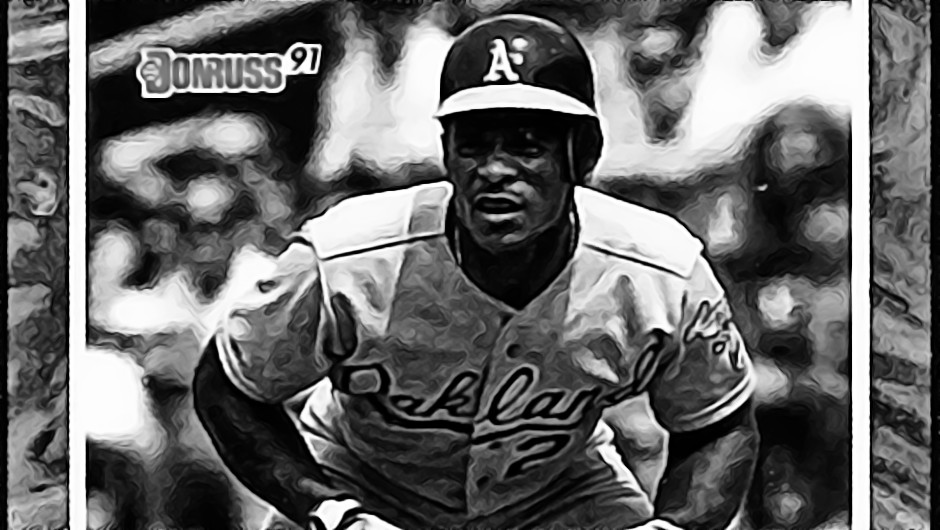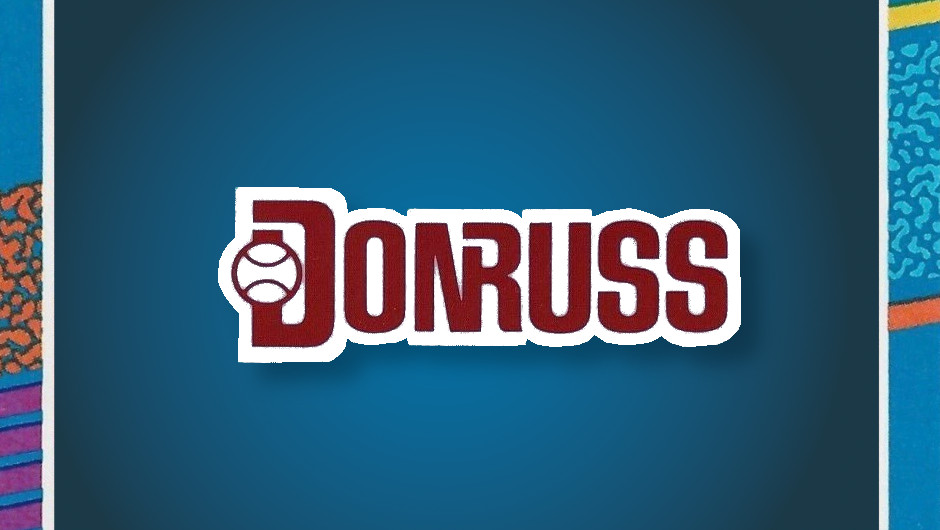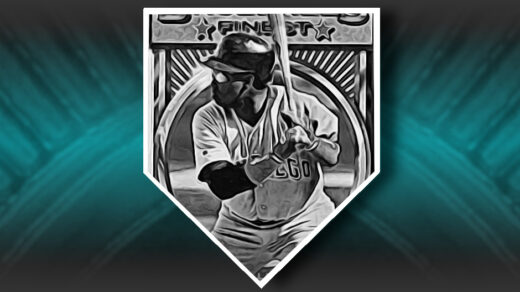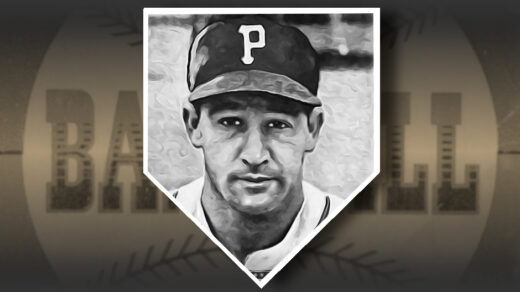The first pack of baseball cards I ever opened was a cream-colored wax pack of 1991 Donruss Series 1. I had only become faintly aware of card collecting the previous year and somehow decided to start my own collection after my Grandma gave me a pack of penny sleeves and a 1990 Topps common for Christmas (she meant well). I rode my bike to a Rite Aid a few blocks away and purchased two packs of cards, both from a nondescript box sharing shelf space with candy bars and Big League Chew bubble gum below the cash register.
I opened both on the sidewalk outside and found myself a bit perplexed at the puzzle pieces Donruss provided with cards instead of gum. I remember getting a Jose Canseco All-Star card, the only player who’s name I knew at the time. Turning over the shredded wax paper wrapper, I looked to see if I had missed some clue that would have alerted me to having missed getting gum. I didn’t see anything regarding candy, but did come across an odd bit of advertising stating some packs contained limited edition cards. One of them even had an autograph.
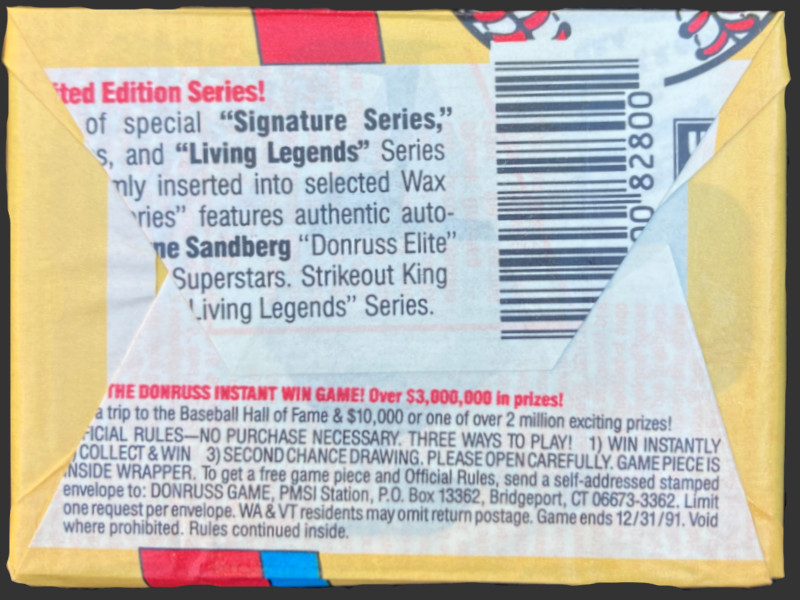
Within a couple months of this event I started buying Beckett Baseball Card Monthly from the Rite Aid magazine rack. Turning the pages, I learned some cards were in more demand than others. I looked up each 1991 Donruss card in my possession, a stack of blue bordered cards that grew considerably throughout the year. From this I gathered that Phil Plantier and Alex Fernandez were really good and most of my Rated Rookies were not.
Donruss had advertised its products among those pages. A full page insert (shown below) in the April 1991 edition showcased 8 different designs from that year’s product. I had half the pictured cards in my possession, having nearly completed the first series set by hand. The top row caught my attention, because I hadn’t even seen these cards before. What were they? Memories of the wax wrapper came to mind and I suddenly understood that these were the cards I had previously read about. They looked fantastic.
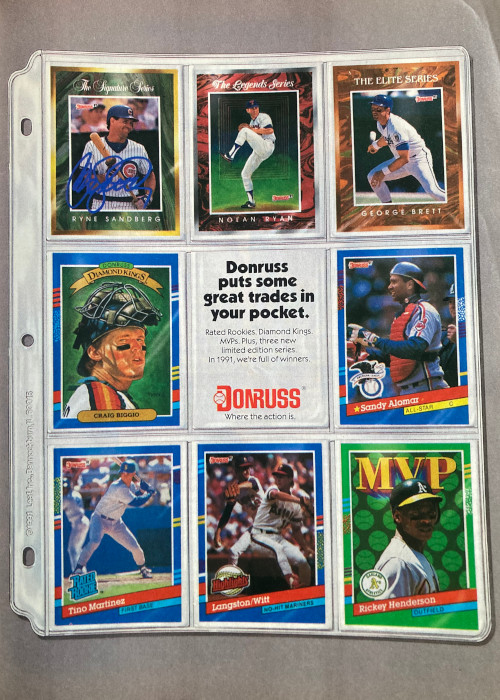
The Elite cards were not initially described as a single issue, but rather as three related but distinct lines of inserts. Donruss referred to cards #1-8 as “The Elite Series” and printed exactly 10,000 of each bronze-bordered card. The company produced a Nolan Ryan card under the banner “The Legends Series” with a production of 7,500 copies. The card differed from the Elite Series with its darker borders, silver foil edges, and Dick Perez artwork. A third card appeared with green borders and gold foil under the name “The Signature Series.” It featured Ryne Sandberg and was limited to 5,000 autographed copies. These final two cards were not numbered and were always mentioned as a separate issue in company press materials. Donruss didn’t have a single series of crazy difficult chase cards, it had three different ones to choose from.
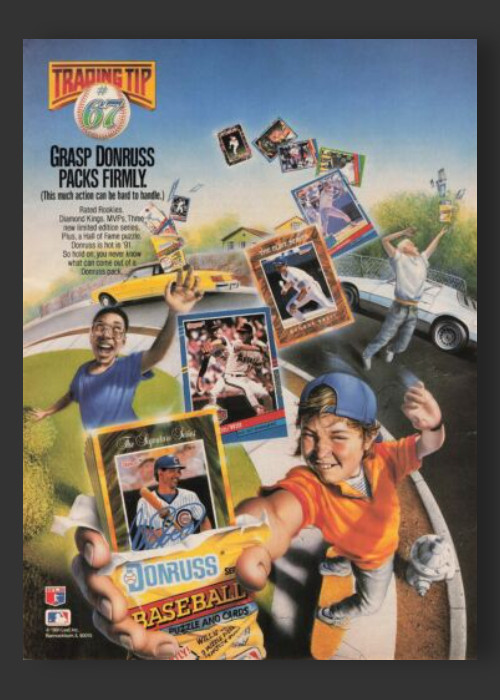
By summer I knew what these cards looked like, but had still never seen one in person. Their relative scarcity (10,000 vs. millions of Donruss cards) made pinning them down rather difficult. Beckett took half a year before its staff had gathered enough transaction data to begin including the cards in its price guide. When the cards were finally listed, they appeared as a handful of line items at the end of the ’91 Donruss Series 1 listings rather than as a different set. The $100+ price tags accompanying many of the names set them apart and by the end of the year Elites were given their own heading in the guide. They would go on to disappear and reappear over the years as their small print run made it difficult to find more than a handful of data points on which estimates could be derived.
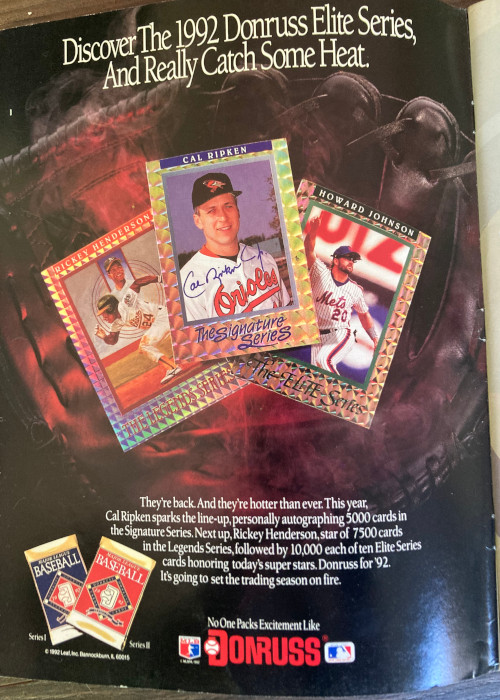
So what was so captivating about these cards? For starters, they were hard to find. I estimate Donruss produced well above 5 million of each of its regular cards in 1991. With print runs ranging from 5,000 to 10,000 each, these inserts were many hundreds of times harder to find than their base counterparts. Scarcity matters for collectors, and limiting these cards to a print run similar to the number of remaining 1952 Topps high numbers got people’s attention.
These are the first Elite cards in what would kick off Donruss’ movement towards collecting themes of the 1990s. Inserts became the key driver of sales of baseball card packs as the decade progressed and Donruss produced tons of offerings for collectors to chase. Even with an explosion of new chase cards arriving in the company’s packaging, it was the Elites that were the firm’s flagship product. No matter what they produced, the Elite cards were seen as the firm’s top-shelf offering. The 1991 issue was the first and stood alone in the market. Upper Deck had randomly inserted serial numbered Reggie Jackson, Nolan Ryan, and Hank Aaron autographs in 1990-91, but had missed the opportunity to build on that idea. Donruss combined the scarcity of the low-production cards with a multi-player checklist to hook set collectors on the chase.
Donruss did a phenomenal job on the checklist. So many sets over time have been littered with guys who were good at the time but failed to make a lasting impression. Every single player selected for this issue is at least a member of the Hall of Very Good with almost every one being significant among collectors for long stretches of time. Doug Drabek, a Cy Young winner that anchored multiple pitching staffs for contending teams, is the only player to ever bear the title of “common card” in the Beckett listings of Elite cards. Barry Bonds? Nolan Ryan? Rickey Henderson? This is a great lineup. Every batter hit at least 300 home runs.
So Why Didn’t I Get an Elite Card Until 2021?
Thirty years passed by before I got my hands on an Elite card, and it wasn’t due to a lack of trying. I opened a huge number of ’91 Donruss packs when they were first issued and even more unopened packs over the ensuing years. I loved looking for inserts in the ’90s but never seemed to find anything truly scarce. In short, the “Junk Wax” era didn’t end in 1993 when a handful of higher end sets were released. It took another decade to kill off Donruss, Fleer, and tons of extraneous issues that populated the period. Not finding an Elite card didn’t bother me. I was having fun. Insert cards were still prized above their base counterparts and they quickly filled binders that were sorted by player.
What follows in the rest of this series is a look at each of the players appearing in the original Elite checklist. I never pulled one directly from a pack, but I did gather an interesting group of inserts from other issues over the years. Each profile touches on what I consider the best of these for each player, each one pulled by hand from an obliging wrapper.
The fun of pulling these cards remains, as does trying to discern how many were produced or how rare such a find was at the time. In financial hindsight this was an absolutely terrible way to build a collection, a conclusion I reached towards the end of the decade as I began to focus more and more on buying low-grade individual cards from vintage eras. The Elite Series exerted a heavy influence on the hobby, building momentum for the insert-driven ’90s while also indirectly leading me to change the way I collect to a more efficient and ultimately more enjoyable style. These cards literally changed the hobby on an industry-wide and personal level.
My 1991 Elite collection begins with the acquisition of a Rickey Henderson card…
